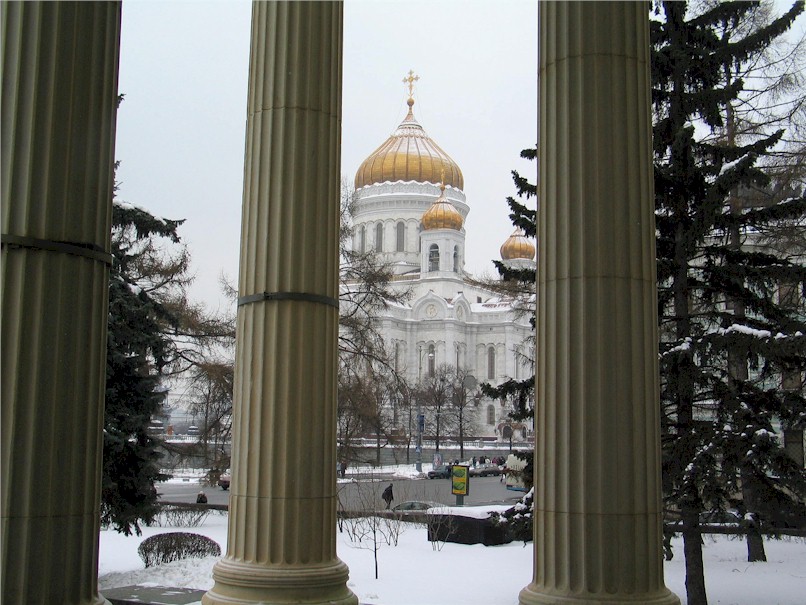Мы продолжаем напряженно работать, чтобы улучшить наш сайт и перевести его на другие языки. Русская версия этой страницы еще не совсем готова. Поэтому мы представляем здесь пока английскую версию. Мы благодарим вас за понимание.
Музей имени А. С. Пушкина
This is not a Pushkin Museum
The name of the Pushkin museum is somewhat misleading because this Fine Arts museum has no relation whatsoever with the distinguished Russian poet. Maybe it should have been called after its founder, professor Ivan Vladimirovich Tsvetaev (1847-1913), historian, archeologist, philologist and critic, and the father of the poetess Marina Ivanovna Tsvetaeva (1892-1941). Tsvetaev succeeded in convincing the young millionaire Yuri Stepanovich Netsyaev-Maltsov (1834-1913) and architect Roman Ivanovich Klein (1858-1924) of the urgent need for having a museum of Fine Arts in Moscow.
The museum was built from 1898 to 1912. Tsvetaev’s dream came through when it opened in May 1912. At first, the museum was named after czar Alexander III (1845-1894), although the public authorities had only contributed 200.000 roubles compared to the 2 million roubles of Netsyaev-Maltsov. The first collection consisted of copies of antique statues because it was thought that this was indispensable for the education of the young art students.

The Pushkin Museum
When Moscow became the capital of the Soviet Union, the Soviet government decided to move thousands of works of art from the Hermitage museum in Saint-Petersburg to Moscow. They would be the core of the collection of New Western Art of the Pushkin museum. But the most important paintings were transferred later from the State Museum of New Western Art.
In 1937, Pushkin’s name was connected to the museum because the Soviet Union wanted to honour the poet who died one hundred years before.
The collection
At first sight the Pushkin Museum is less impressive than the MOMA in New York or the Paris Musée d'Orsay. But I enjoyed the blue period paintings of Pablo Picasso (1881-1973) and some paintings of the Rouen Cathedral in the series made by Claude Monet (1840-1926). There are also nice paintings of Renoir, Degas, Van Gogh and Cézanne, not the most famous ones, but still very pretty. The collection of Roman and Ancient Greek statues however is overflown by plaster copies.
From the stairs of the museum entrance between the columns you have a beautiful, in winter very idyllic view at the Cathedral of Christ the Saviour.

View at the Cathedral
Metro: Кропоткинская (Kropotkinskaya)